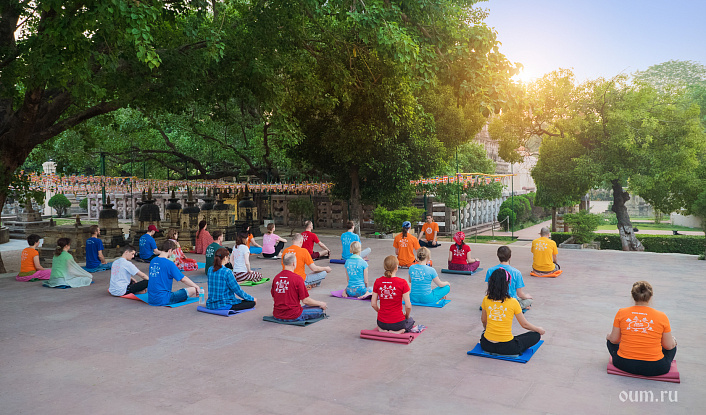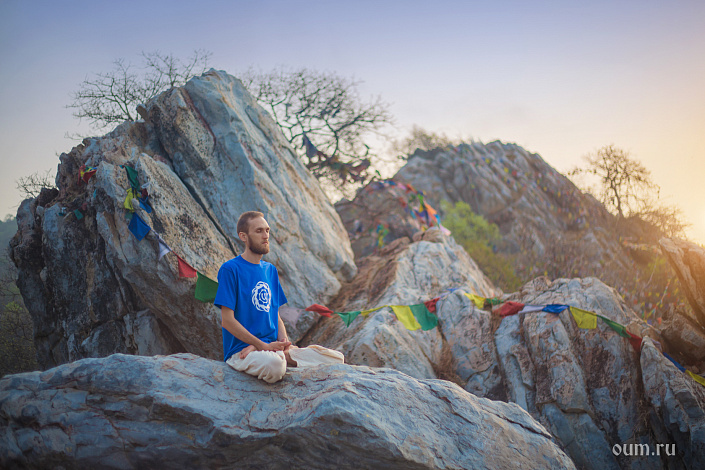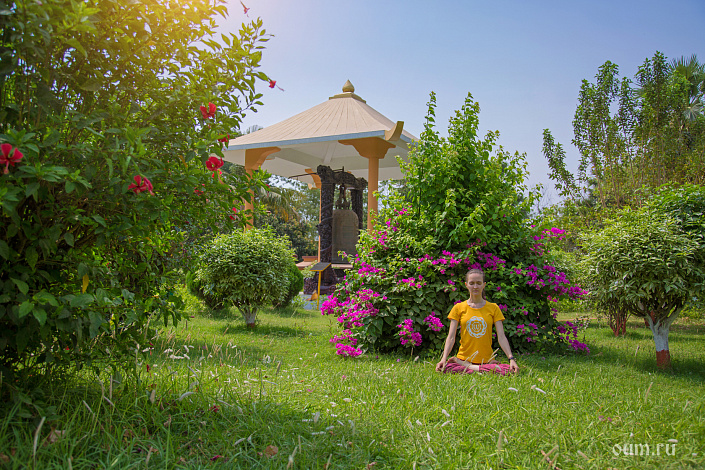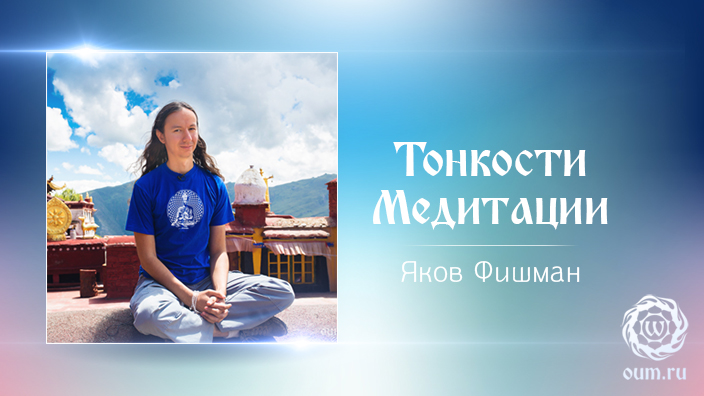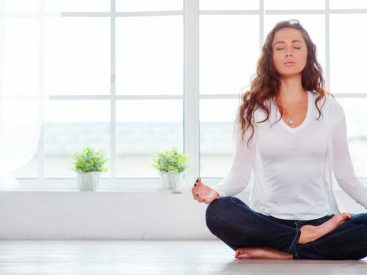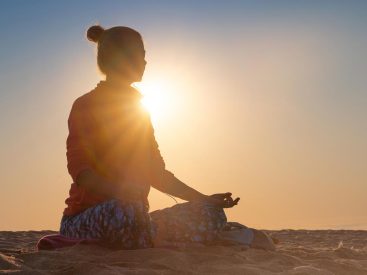V In this article, we will discuss meditation techniques. There are many meditations in the world, not only rooted in antiquity, as we used to think, but also of the creatures of the 20th century. The latter did not arise out of nowhere and in their basis, in one way or another, rely on the achievements of meditation techniques of the past.
We want to emphasize that the choice of techniques is huge. One may prefer the oriental meditation methods practiced in Tibet, India, Thailand, Vietnam, Japan and China. These include:
- zen meditation,
- meditation on a mantra,
- mindfulness meditation,
- breathing meditation,
- meditation on a candle flame, or trataka,
- meditation on sound,
- Vipassana course,
- qigong meditation,
- Taoist meditation.
The list goes on. In Buddhism alone, there are more than 40 techniques that come from the depths of time, not counting those that were added by the adepts of Buddhism at a later time.
The Western tradition also has its own methods of meditation. People who are not inclined to classify prayers as such should recognize that they are nothing more than word meditation or meditation-reflection. A typical example of calming the mind, bringing it into a meditative state – with the help of the Jesus Prayer.
The term “meditation“Comes from the Western tradition, from the word meditare – ‘to think’. In Eastern cultures, this term is not used. Instead, we can hear the words “dyan” in Hindi, “tam samati” in Thai, “tien” in Vietnamese, and if we listen carefully to them, we will understand that the roots of these words are directly related to Sanskrit.
In the yogic tradition, the penultimate stage of ashtanga yoga, the practitioner of meditation, is called dhyana, and the highest stage, the state of enlightenment, dissolution of consciousness in the very object of meditation and connection with Being is samadhi.
Meditation in Buddhism is more than just a technique. Although meditation is a means for concentrating and calming the mind, at the same time it has its own inner meaning, it is valuable in itself. It is not for nothing that it is often called the art of meditation, and like any art, functionality is not the main thing for it. The intrinsic value of meditation comes to the fore.
However, the topic of the article is more focused on the practical aspect of meditation, so we must thoroughly consider precisely the functions of meditation, what it can lead to and what goals it will help to achieve, how it will help improve our life.
Positive aspects of meditation:
- improvement of the physical and mental condition,
- filling the body with new energy,
- gaining peace of mind,
- concentration training,
- change in thinking, its positive orientation,
- awareness of life and seeing it with a new look,
- help in replacing bad habits with more constructive ones.
These goals can be achieved by doing the meditation regularly, preferably daily, at least a little, starting at 10-15 minutes in the morning or evening.
Beginners are encouraged to approach meditation more constructively with clear goals. You can think about the art of meditation later, but now, when you are just starting, you need to concentrate on the technique of execution, the conditions and state of consciousness in which you need to approach the practice. Getting started and getting ready for meditation is just as important as warming up in the gym. It’s not so easy to get into meditation from a running start, so you need to tune your mind, reflect on what meditation is, what goals you would like to achieve with its help, and only after that you can start the meditation process itself.
- During meditation, your body and mind rest.… Moreover, the mind gets a full rest, because, ideally, it should calm down and disconnect from sensory experience, which gives it a break in the daily mental cycle. In this, no other experience can compare with the practice of meditation.
- You improve your ability to concentrate… One well-known Western popularizer of the practice of meditation compared meditation concentration with tea, a tea ceremony, it calms and tunes the mind to thinking in a certain direction, while coffee can be compared to concentration in the sense that people of the Western orientation of the mind understand it – quick stimulation nervous activity to complete the next task, without a break, drinking it on the go, in order to run again and have time to complete the next item of the plan.
- Your perception is activated… Despite the fact that, it would seem, you do not awaken the activity of your senses in any way, quite the opposite, you muffle, slow down, and sometimes completely turn them off, and nevertheless, while practicing meditation, you remain in a state of vigilant attention. After leaving meditation, your cognitive abilities improve, your intelligence and memory levels increase. This is confirmed by numerous scientific studies.
- Life goals are becoming clearer… You find real goals for yourself instead of an artificial society imposed on you. Many meditation practitioners come to this conclusion. Their set of values changes, and consciousness is cleared of external layers, and true values come to the surface. You understand yourself better.
Self-awareness, not only in the meditational sense of the word as awareness of one’s body, feelings, thoughts, phenomena, but also self-awareness of oneself as a person, becomes bright. You are entering the path of self-knowledge. No books or theoretical knowledge can replace this. The depth of self-awareness comes in the process of meditation practice, this knowledge is directly, you get it by turning your gaze deep into yourself, into the depths of your consciousness.
Having learned to dive into the unknown layers of your psyche, you will be able to enter the realm of the subconscious – this is where you will get acquainted with your true desires, bring them out of the subconscious to the conscious level, thus making them available for working out and changing. This is the key to fundamentally changing the direction of your life.
What thousands of people strive for by attending psychotherapy sessions is achievable on their own, by immersion in their own psyche, by studying their “I” through meditation. There is a lot more to say about how useful and effective the influence of meditation is on the spiritual state and psychological health of a person, but it’s time to turn to the practical part and talk about the techniques of meditation that you can apply on your own.
- The first technique is to observe the breath.
You can get into a comfortable position so that your spine is straight. Prepare to remain still for at least 15 minutes, preferably 24 minutes. It is believed that 24 minutes is optimal for getting the effect of meditation. Take a full yogic breath and then just start observing the breath. Switch all your thoughts to this process only. Now for you there is nothing more important than how you breathe, watch how the air goes in and out. In this case, you can mentally count the breaths; – this will allow your thoughts not to scatter in different directions, but to be in the mainstream of meditation. Then slowly come out of the meditation state and return to your normal activities.
- The second technique, the essence of which is to bring the mind to a natural state.
Calm the mind by doing a series of 21 in and out breaths, simply observing the breath as you did in the previous technique. This will be the setting for practicing the second technique. Now you will observe your feelings, emotions and thoughts. The point here is to follow all the emerging feelings, mental images, not pushing them away, not giving an assessment, not preferring one to the other. You just need to let them appear and disappear in peace. You will notice that your uncriticality and contemplation in relation to passing images helps them to leave. Let new ones come to replace, but you continue to observe, forming in yourself the habit of intelligent concentration and contemplation.
Subsequently, if you want to practice yoga, it will be of great help to you, as the ability to concentrate and observe are key aspects of hatha yoga practice.
- The third technique is awareness
Before you start practicing self-awareness, think about yourself, about self-knowledge, do a series of 21 in and out breaths and begin the practice. This time it is that you do not focus on your breath or on the images floating in your mind or emotions. You do not notice them, you ignore them, they should not concern you, try to realize only your consciousness. If you can remain calm, without being distracted by internal images, then after a while you will notice that there is a certain immovable part of you, your inner consciousness, which is always there. This is what “awareness of awareness” is.
Yogic practice uses several techniques of meditation, starting with concentration on the breath and control over it with the help of the practice of pranayama, which logically leads to the practice of meditation of conscious directed observation, where the dissolution of consciousness in the Absolute, connection with cosmic energy, becomes the highest form.
Beginners can do the simplest types of pranayama without holding their breath, that is, technically, these pranayamas can only be called preparation for them. You can also practice object meditation, including trataka. These types can be supplemented with meditation related to sound, that is, mantras.
Yogi meditation techniques are so closely related to the Buddhist tradition that it is difficult to draw the line where Buddhist meditation techniques end and something fundamentally new begins. Let’s not forget that both traditions are based on the teachings of Vedanta. It is no coincidence that they have a lot in common.
Whichever method of meditation you choose, remember that when you start practicing meditation, your life will change. You embark on the path of self-knowledge. This is a marathon with no finish line. There is no time here in the sense in which we are used to understanding it – everything goes on as usual, time boundaries do not exist, you get to know yourself without striving to excel and become the first. You are already the first for yourself, because you have chosen the path of knowledge.
